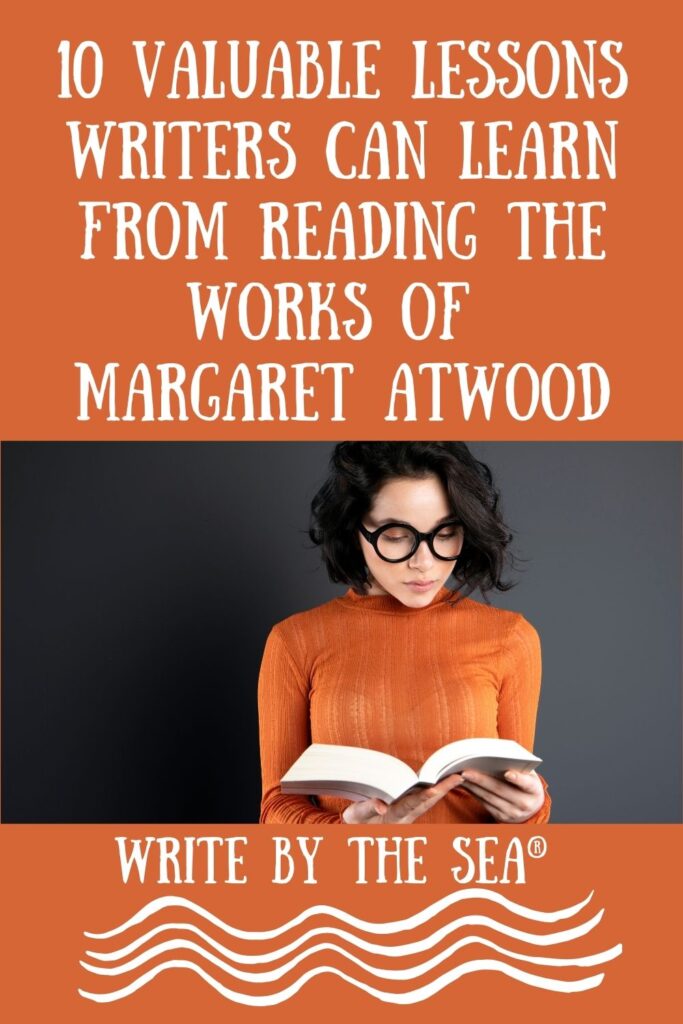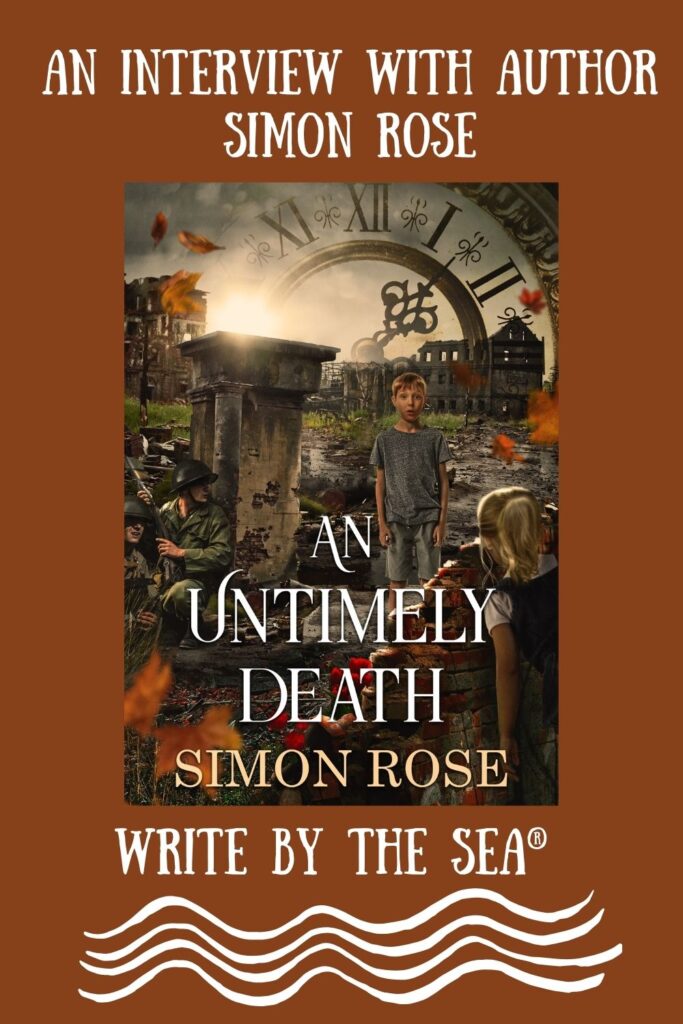
Most writers love to read.
And much can be learned about writing from reading.
One of my favorite authors is Margaret Atwood.
Let’s take a look at 10 valuable lessons about writing we can learn from reading her work.
Lesson #1. The Power of Blending Genres
Atwood is known for her ability to blend different genres, such as dystopia, speculative fiction, historical fiction, and literary fiction.
The Handmaid’s Tale is a prime example where she combines dystopian elements with sharp social commentary.
This teaches writers the power of genre-blending to create rich, multifaceted stories.
Lesson #2. The Use of Unreliable Narrators
Atwood often uses unreliable narrators, such as in Alias Grace, where the truth is elusive, and the narrator’s perspective is questionable.
This technique can be used to create suspense, complexity, and depth in storytelling, keeping readers engaged as they piece together the true story.
Lesson #3. Exploring Power Dynamics
Atwood’s works frequently examine power dynamics, especially in relation to gender and society.
The Handmaid’s Tale explores how power is wielded, abused, and resisted.
Writers can learn to incorporate themes of power and control to add layers of meaning to their stories.
Lesson #4. The Importance of Complex Female Characters
Atwood is renowned for her creation of strong, complex female characters who often grapple with societal expectations, identity, and survival.
Through characters like Offred in The Handmaid’s Tale and Grace Marks in Alias Grace, writers can learn the importance of developing multi-dimensional characters who defy stereotypes.
Lesson #5. World-Building with Realism
Even in speculative settings, Atwood’s worlds are grounded in reality.
In Oryx and Crake, she builds a dystopian future that feels eerily plausible, based on current scientific and societal trends.
This teaches writers how to create believable worlds by basing their speculative elements on real-world possibilities.
Lesson #6. Thematic Consistency
Atwood’s works often revolve around recurring themes such as identity, freedom, oppression, and environmental degradation.
This thematic consistency allows her to explore similar ideas across different narratives, deepening the reader’s engagement with these concepts.
Writers can learn the value of exploring key themes across their works to build a coherent body of literature.
Lesson #7. Sharp Social Commentary
Atwood’s fiction often serves as a critique of contemporary society.
The Handmaid’s Tale and The Testaments both critique patriarchy and totalitarianism, showing how speculative fiction can be a powerful tool for social commentary.
Writers can use their work to reflect on and critique societal issues, prompting readers to think critically about the world around them.
Lesson #8. Exploring the Role of Memory
In novels like Cat’s Eye and The Blind Assassin, Atwood explores how memory shapes identity and how the past continues to influence the present.
This teaches writers to use memory as a narrative device to add layers of psychological depth to their characters and stories.
Lesson #9. Vivid Imagery and Metaphor
Atwood’s writing is known for its rich imagery and metaphors.
In Surfacing, for example, the natural world is used to mirror the protagonist’s internal journey.
Writers can learn to use imagery and metaphor to convey complex emotions and themes, making their writing more evocative.
Lesson #10. Mastery of the Short Story
Atwood is also an accomplished short story writer, with collections like “Moral Disorder” and “Stone Mattress” showcasing her ability to distill complex ideas into brief narratives.
Writers can learn from her concise, impactful storytelling in the short story form, understanding how to create fully realized worlds and characters in a limited space.
Margaret Atwood’s work teaches writers how to tackle big ideas through fiction, develop complex characters, and engage readers with thoughtful, provocative storytelling.
Her approach to genre, narrative structure, and thematic exploration offers valuable lessons for writers at all stages.
Now, before you go, if you haven’t subscribed to The Morning Nudge, be sure to do that now, so you get our Law of Attraction Checklist for Writers and free access to our Private Resource Library for Writers, as well as a short email every weekday morning to help you manifest your writing dreams!





